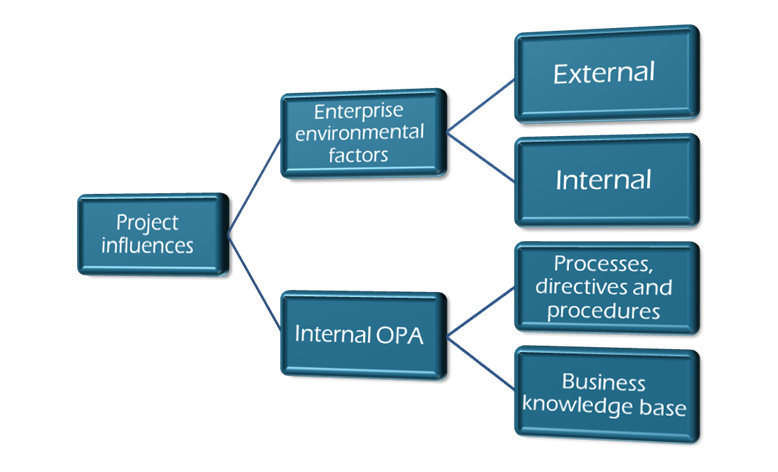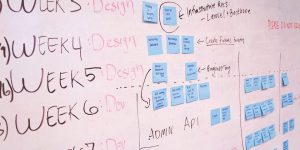Before starting to talk about the Organizational Process Assets, we want to spend some words in order to “contextualize” the topic.
As the 6th version of the Italian PMBOK highlights, the projects exist and operate in environments that may have influence on them.
Such influences can have a favorable or unfavorable impact on the project and this obviously depends on a number of conditions.
However, there are some categories of priority influences:
- The Organizational Process Assets (OPA)
- Enterprise Environmental Factors (EEF).
It is precisely the updated guide of the PMBOK that highlights this structure.

Starting precisely from this division, we have chosen to deepen in this article the topic related to the Organizational Process Assets.
CONTENT INDEX
What are the Organizational Process Assets?
Organizational process assets (OPA) are valuable information, documents and knowledge tools that the organization accumulates over time.
In a simpler way, we can say that they are one thing: lessons learned from the past.
In other words, while the organization is involved in various projects, it gradually gains and develops more Organizational Process Assets. These are the history of the company itself and of its projects.
Organizational Process Assets include documentation that serves as an archive or repository of the company.
An asset is something of value and the assets of a mature company are priceless. It took a long time, human and economic resources to achieve them.
[av_notification title=” color=’blue’ border=” custom_bg=’#444444′ custom_font=’#ffffff’ size=’large’ icon_select=’no’ icon=’ue800′ font=’entypo-fontello’ av_uid=’av-n47xqb’]
It is therefore easy to understand how the organizational process assets correspond to a real treasure in project management.[/av_notification]
Here is a list of the Organizational Process Assets normally used and that can be divided into two categories.
- Processes and procedures
- Basic knowledge of the company

The first category deals with the processes and procedures needed to carry out the work, which includes the following:
- Policies
- Procedures
- Standard models
- General guidelines
The second category includes basic company knowledge for storing and retrieving information:
- Register of project risks
- Lessons learned
- Stakeholders register
- Files of previous projects
- Historical information
A project manager should normally include all this information during project planning.
What are the advantages of organizational process assets in project management?
As mentioned, the organizational process assets consist of what the company has acquired over time and are therefore very valuable especially considering project planning.
Documents, policies or procedures that are part of the organizational process assets are used as input for most planning processes.
For example, if the company is trying to start a new project very similar to a project already carried out, the documentation of lessons learned about the past project will provide a lot of useful information for the new project.
In short, the assets will act as inputs for the new project.
The resources of the organizational process can also be advantageous in terms of saving time in the case of hiring a new employee.
If all that is connected to the role of the new employee is well documented, it will be really easy for this new team member to start working quickly and effectively. Obviously, the same thing will happen in the case of a change of role within the company.
At the end of each project, during the closing process, the new lessons learned will be collected within the organizational process assets and will help in future projects.
First of all, come the lessons learned by the team, and after those the evaluations of customers and stakeholders.
The format of the assets can be different depending on the project or the type of organization.
It is possible to use databases, sometimes specific, for the collection and documentation of information or these can be collected in paper format.
It is important to keep in mind that the organizational process assets are not only fundamental for the project management, but also for the general management of a company. In fact, they represent its historical basis and its experiences.
In conclusion, and we repeat the concept, the organizational process assets can be considered a real treasure when it comes to project management.
These exist to make suggestions, to be used, to develop and grow further, from project to project.
This is why it is essential that the project documentation is always available and updated.
In Twproject, we have created an intelligent system for managing and archiving project documents.
By choice, we keep document management to the essential, with some powerful and simple technique that can satisfy most companies.
The documents, even those related to the organizational process assets, are always just a click away!




